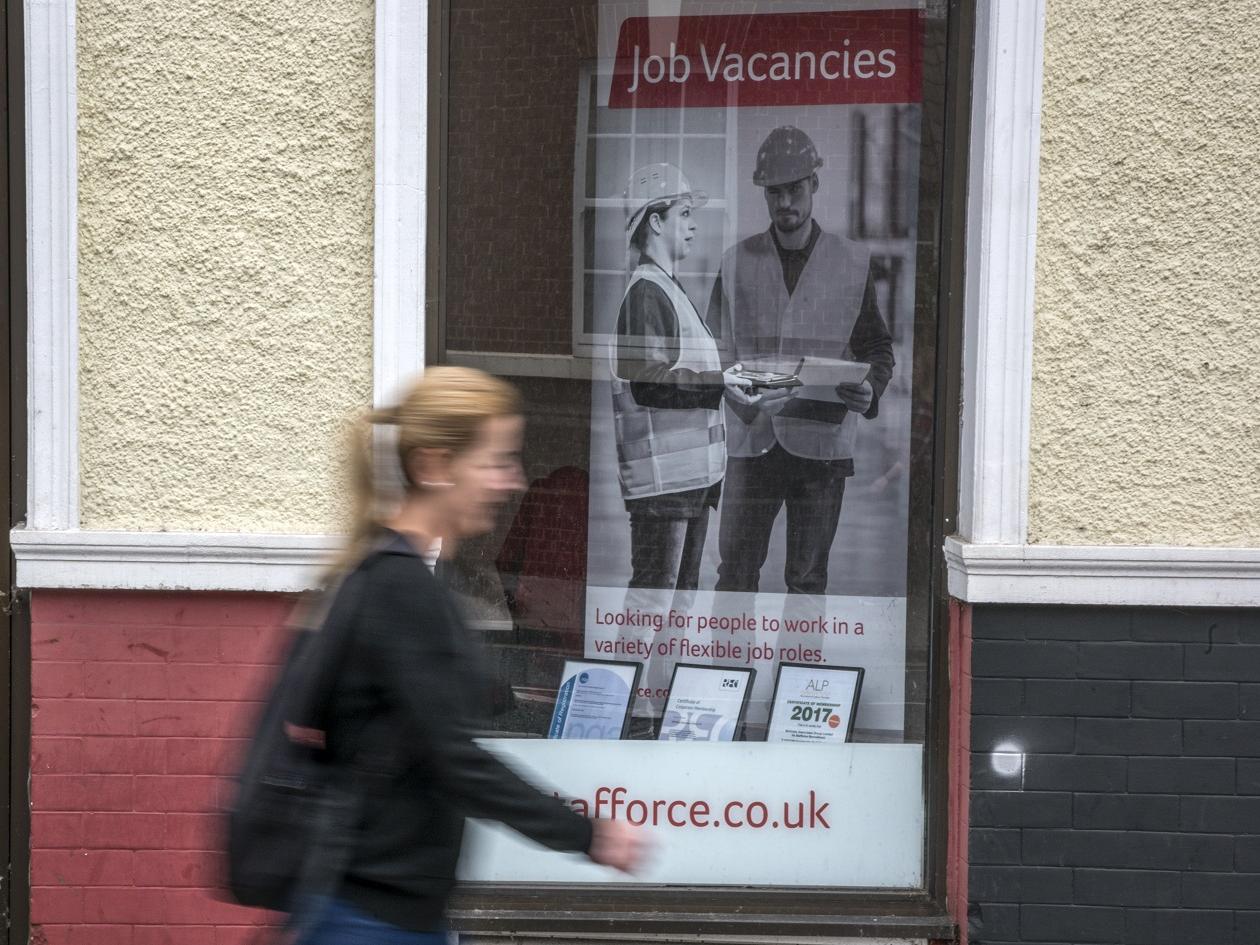Research has shown that stressful life events such as financial instability and economic downturns could increase the risk of miscarriage or stillbirth, but no previous work has looked specifically at whether losing a job while pregnant might have such an outcome.
We know losing a pregnancy is associated with an increased risk of long-term depression and anxiety, but it also has economic consequences. Miscarriages are believed to cost the UK’s healthcare system about £471 million a year. Understanding risk factors, then, is important, especially if there is a possibility that government policy could mitigate them.
Pregnancy data
We used waves 1-12 of Understanding Society to look at 8,142 pregnancies between 2009 and 2021 and see which ones ended in a miscarriage or stillbirth, and which mothers suffered an involuntary job loss – that is, dismissal or redundancy.
Miscarriages accounted for about 11.5% of the reported pregnancies in our sample – although the actual figure may be higher, because a large proportion of pregnancy losses happen in the first month to women who are not aware they’re pregnant. Around 0.45% of the pregnancies resulted in stillbirth – defined by the NHS as the death of a baby after 24 weeks of pregnancy.
Understanding Society data can tell us in which month of gestation a pregnancy is lost, and the month in which someone lost their job, so we can see if they were pregnant when it happened. We can code these to make sure we’re only considering cases in which the job loss happens before or in the same month as the pregnancy loss, discounting any cases where the job loss happened afterwards. We also looked specifically at involuntary job loss, and not at other causes of a job ending, such as a contract finishing, illness, or parental leave.
We took into account factors such as socio-economic background, age, whether the women already had a child, educational attainment, self-reported health, and any previously reported miscarriages. We also adjusted for marital status at conception, if the woman lived with a partner, their partner’s age and job position, and household income.
What we found
Our findings show that women who lose a job during pregnancy see their risk of pregnancy loss increase. The chance of a pregnancy being lost in this way in the absence of a job loss is about 12%, but losing a job increases this probability to between 19 and 21%.
We tested our findings with a number of different analyses, and replicated them with different employment scenarios: involuntary job loss, an expected end of a contract, leaving the job market for another reason (illness or an unspecified reason, for example), and no change. When the end of a job was voluntary – or at least not involuntary – it didn’t have the same consequences for pregnancy loss as an involuntary job loss.
We also considered the timing of job loss by looking at: losing a job between 12 months and 1 month before conception; losing a job during pregnancy; losing a job after pregnancy (between birth and 12 months later); losing a job at another time or not at all. Again, our findings supported the idea that job loss during pregnancy, rather than job-related stress experienced beforehand, was a risk to pregnancy.
Finally, we examined whether the woman lost her job, her partner lost a job, or neither did. The results here showed us that both women’s and their partners’ loss of work were associated with an increased risk of pregnancy loss.
What the results could mean
Other research has shown that a shock during pregnancy can affect birthweight, but may not be strongly linked to premature birth. If pregnancy loss is a consequence of external stress, but the length of a pregnancy is unaffected, it may be that stressful economic circumstances lead to the loss of some pregnancies, and better consequences after birth for those pregnancies which are carried to term. This hypothesis needs further testing, though.
A complicated picture
We were able to test for a number of scenarios, but it’s possible, for example, that a couple in which both partners have mental or physical health problems, are more exposed to the risk of job loss and pregnancy disruption. Also, women with low socio-economic status may have partners of similar status who are more prone to precarious employment.
We had a limited sample size, and our results could be validated with larger samples, possibly from registers of births and medical records. Linking data to other sources, and being able to identify pregnancies which end in abortion – which tend to be under-reported in surveys – would also help.
However, Understanding Society data did allow us to identify different kinds of job loss – whether expected or involuntary, for example – while earlier research usually considered national or local unemployment rates. By looking at household data, we can see whether people’s immediate economic circumstances are more important for pregnancy outcome than macroeconomic factors.
What does this tell us about government policy?
Britain’s welfare state is designed to keep people out of poverty, rather than to replace income completely. Unemployment benefits here are therefore relatively low compared to the rest of Europe. If our research was replicated in other countries, with different levels of benefit, we could see whether more generous welfare regimes have better outcomes for pregnancy. It may be that more generous safety nets are better at helping people overcome the stress of job loss.
Read the original working paper
Read the paper published in Human Reproduction
A comment on how employers can support employees bereaved through pregnancy loss and the death of a baby
Kate Mulley, Director of Research, Education and Policy at Sands, the UK’s leading pregnancy and baby loss charity, writes:
Employers are in a position to make a real difference to the lives of bereaved parents and their colleagues yet this is not always the case. A survey of parents conducted by Sands in 2023 found that 60% of bereaved colleagues questioned were off work for between one and six months following their bereavement, and only 58% received the support they needed from their employer and colleagues.
Sands is committed to working with employers in removing barriers for colleagues returning to work following a bereavement. Our Bereavement in the Workplace training and resources help companies of all sizes to empower, encourage and support their colleagues, and ultimately, to remain productive by thriving in their workplace.
More information about Sands and bereavement in the workplace
Authors





